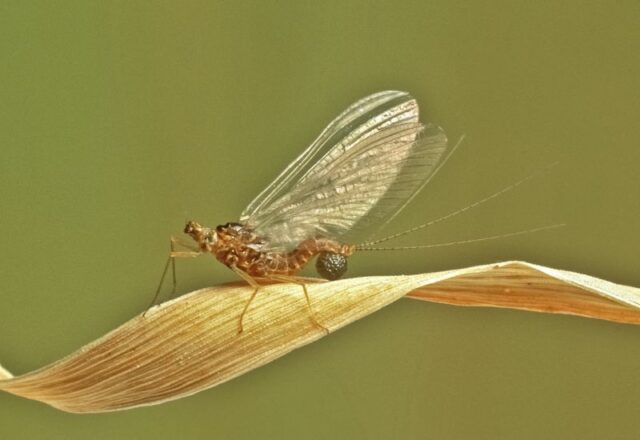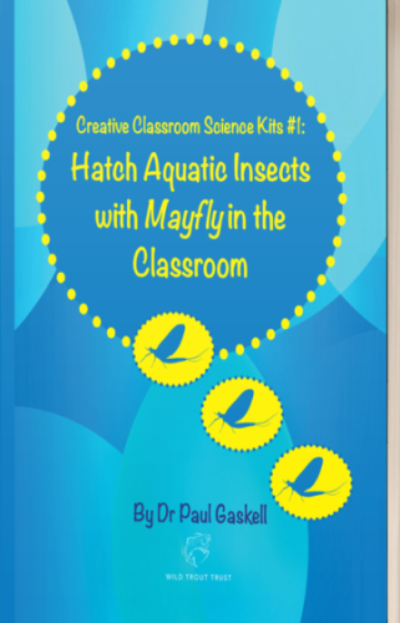Mayfly in the Classroom is a very cheap, simple way to engage children (and grown-ups) with their local streams by collecting nymphs, looking after them in plastic drinks bottles and watching their transformation into adults.
The aim is to connect school children to their local river habitats, using the lifecycle of mayflies to teach the broader themes of biodiversity, ecology and the links between aquatic and terrestrial biodiversity.


